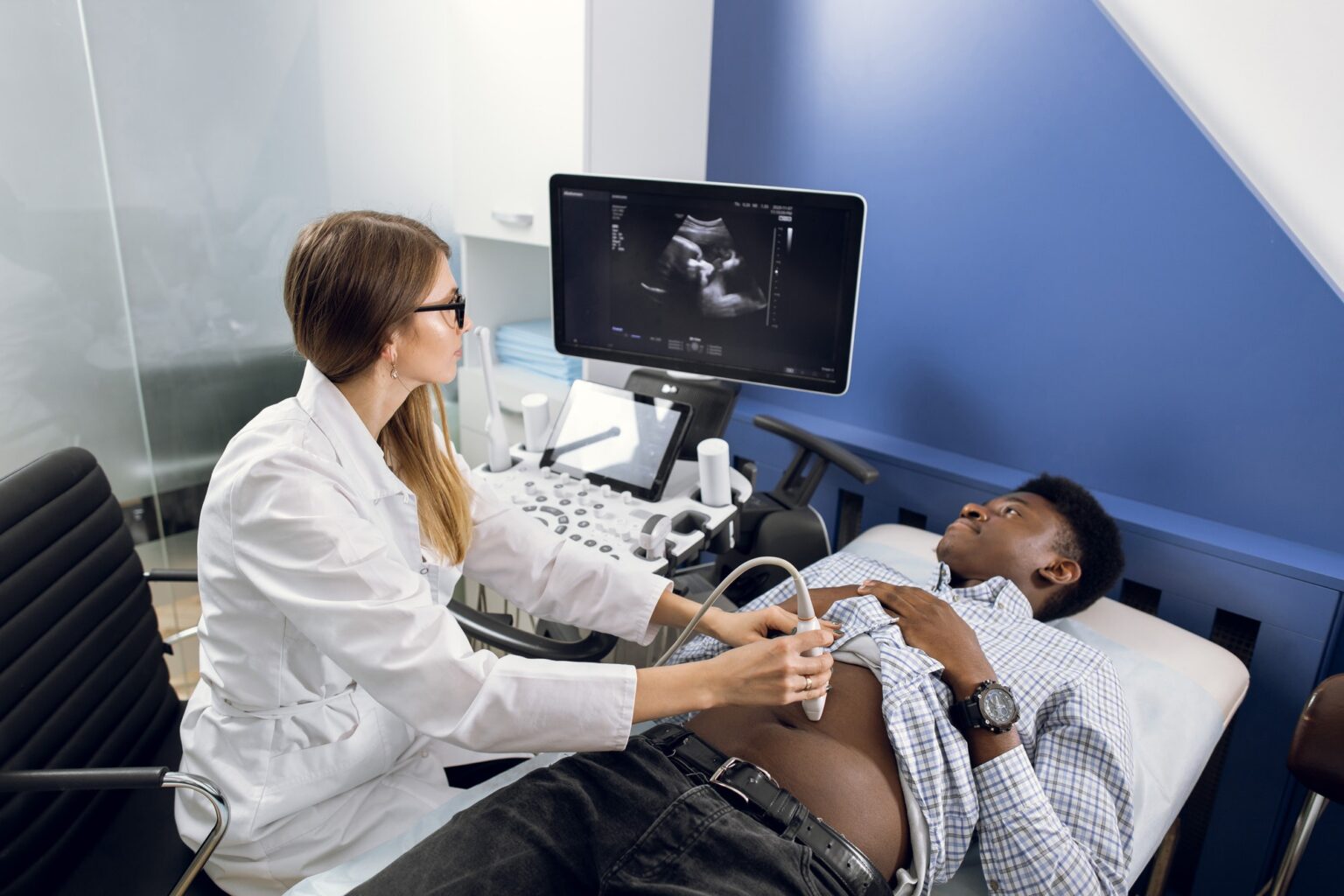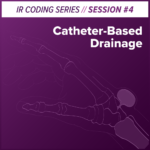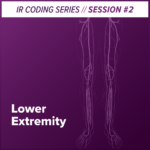With most bundled code sets, it’s the small details that make all the difference. Biliary procedures are much the same. The code descriptions look similar but contain subtle variations that require a good understanding of the full, long description of each code. However, code descriptions don’t always provide all the information needed for correct application and mistakes can still happen. Below are some of the common mistakes when coding biliary IR procedures and what to look for to avoid them.
Mistake 1: Unbundling
Similar to other nonvascular code sets, the codes for biliary interventions are bundled – meaning they include access, diagnostic imaging when performed at the same session, all catheter manipulations, imaging guidance and supervision and interpretation. In other words, they include just about everything that may be done to be able to place (or exchange, convert, etc.) the stent or catheter.
There are standalone codes for diagnostic cholangiography and there may be instances where the diagnostic imaging is all that is done, and these codes will be reported. However, more often than not the diagnostic imaging yields information that leads to an intervention. In these cases, reporting the diagnostic imaging separately would be unbundling.
Mistake 2: Multiple Stents
When looking at how many times a biliary stent placement code (47538-47540) may be reported, it generally comes down to the number of anatomic sites being treated. Of course, there are always exceptions, but the general rule is that the stent placement codes may be reported for each location.
47538 Placement of stent(s) into a bile duct, percutaneous, including diagnostic cholangiography, imaging guidance (e.g., fluoroscopy and / or ultrasound), balloon dilation, catheter exchange(s) and catheter removal(s) when performed, and all associated radiological supervision and interpretation, each stent; existing access
Looking at the above code, it’s easy to think it can only be used once due to the statement “placement of stent(s).” However, the next part of that description reads “into a bile duct.” This implies that multiple stents in the same duct are only coded once, but not that stents placed in multiple ducts are only coded once. Multiple locations (i.e., stent placed in right hepatic duct and stent placed in left hepatic duct) generally means that multiple codes may be reported. Be sure to modify per payer requirements.
Mistake 3: One Stent, Two Anatomic Areas
Even though we just discussed that codes may be reported more than once for stents placed in multiple anatomic areas, there are always some exceptions to those general rules. Pay close attention to the documentation and be careful that those stents are not spanning, or overlapping, into different anatomic locations. When stents span two different locations or bridge more than one ductal segment (i.e., left hepatic duct and common bile duct), codes 47538-47540 should be reported only once.
Mistake 4: Exchanges and Conversions
An exchange refers to changing out the existing catheter for the same type of device or switching an existing internal-external catheter to an external catheter. A conversion refers to switching an existing external catheter to an internal-external catheter. If either of these types of existing catheters are switched for a completely internal drainage device, this is neither an exchange nor a conversion; this is a stent placement through an existing access.
Also note that catheter exchanges or removals performed when placing a stent are included in the stenting codes and cannot be separately reported.
For more information on exchanges and conversions CLICK HERE.
Mistake 5: Add-on Codes
For biliary interventions, add-on codes 47542 (dilation), 47543 (biopsy), and 47544 (stone removal) are reported with a primary imaging or intervention code. In order to use these codes, a primary code must be reported – even if an imaging code (47531-47532) is the primary code. A mistake people tend to make is not using the imaging code as the primary code if all that was done was a biopsy or a stone removal. There’s going to be an injection/imaging because the physician has to see where the problem is, so don’t forget that these can be used.













